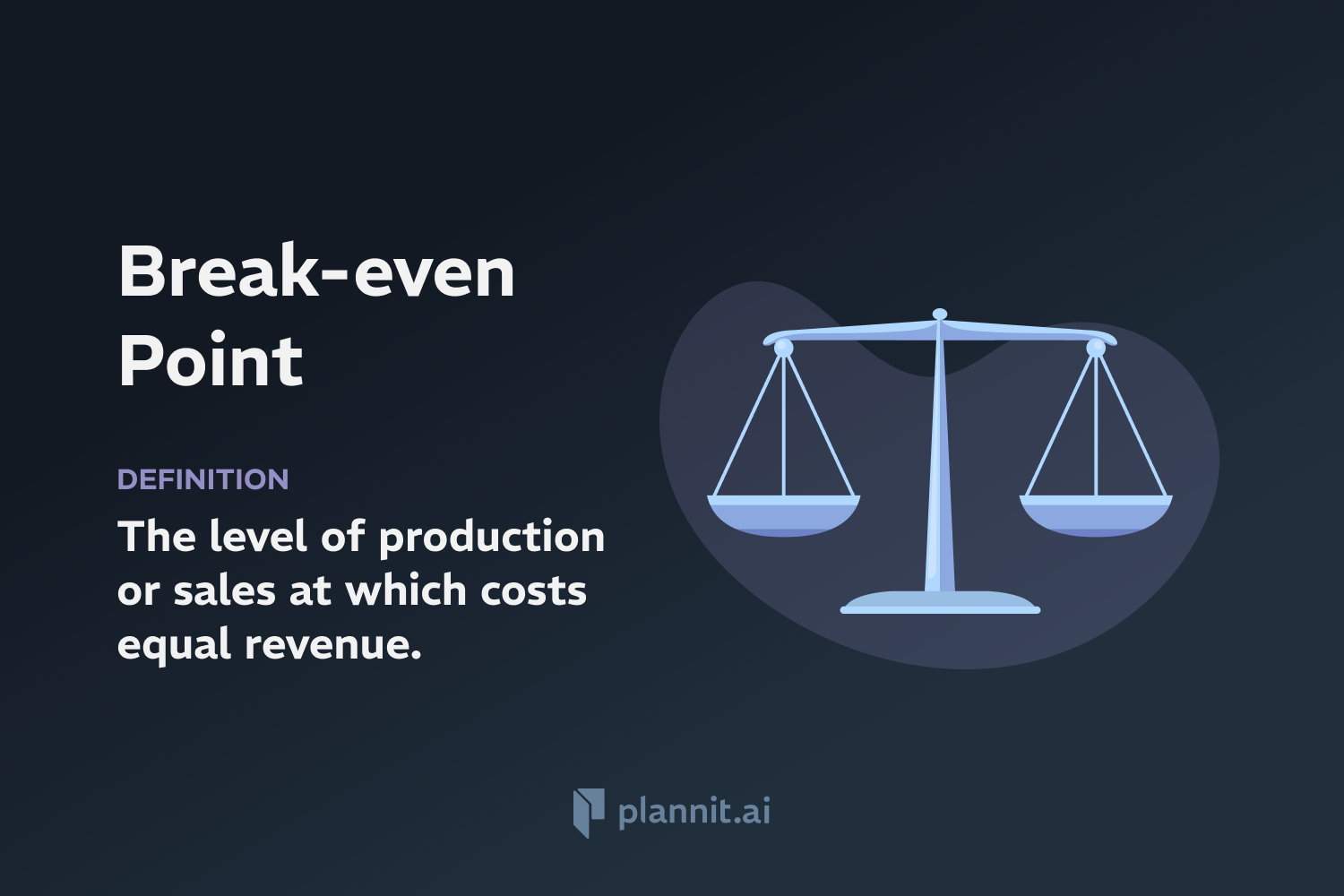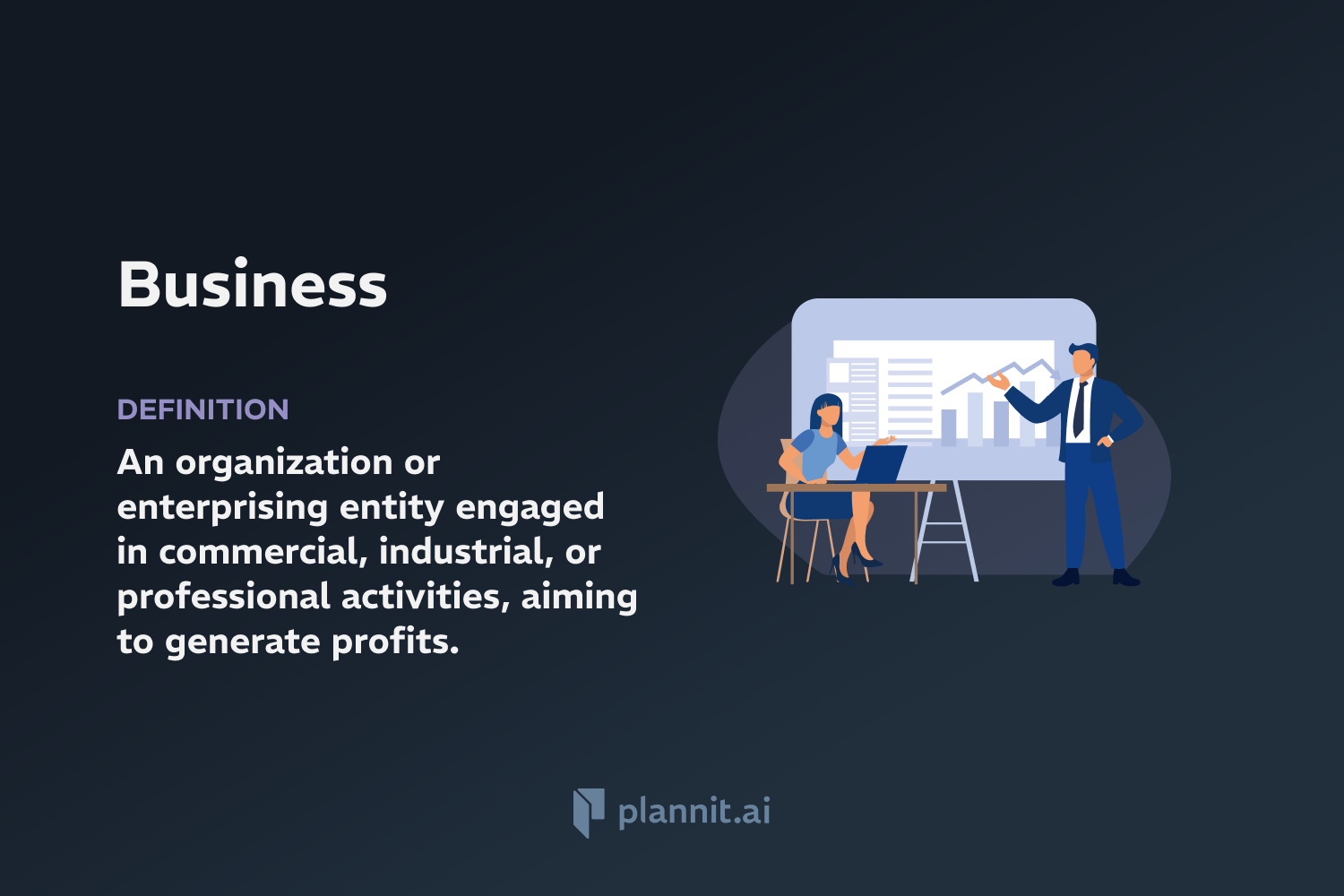Need Help With Your Business Plan?
Answer tailored questions and get a detailed business plan in minutes.
Earnings Before Interest, Taxes, Depreciation, and Amortization (EBITDA): Definition & In-Depth Explanation
Definition:
EBITDA (Earnings Before Interest, Taxes, Depreciation, and Amortization) is a financial metric used to assess a company's operating performance by focusing on the earnings generated from its core business operations before the impact of financial, tax, and accounting decisions. It removes the costs associated with debt by excluding interest, taxes, and the non-cash expenses of depreciation and amortization to provide a clearer view of the profitability from operations.
Context of Use:
EBITDA is widely used by analysts, investors, and managers to compare profitability between companies and industries by eliminating the effects of financing and accounting decisions. It is especially useful in industries that require significant investments in fixed assets which are subject to heavy depreciation charges.
Purpose:
The purpose of EBITDA is to provide a simplified view of a company’s operational efficiency by focusing only on decisions made by the management. It helps in making comparisons across companies with different financing structures, tax rates, and asset bases.
Example:
Telecommunications Industry: Companies often have large amounts of fixed assets and associated depreciation costs, along with significant levels of debt, making EBITDA a useful measure to evaluate their underlying operational performance.
Related Terms:
Operating Income: The profit realized from a business's core operations, it excludes income and expenses not directly tied to the core business activities.
Cash Flow: The total amount of money being transferred into and out of a business, especially affecting liquidity.
Depreciation and Amortization: Accounting methods of allocating the cost of tangible and intangible assets over their useful lives.
FAQs:
1. How is EBITDA calculated?
A: EBITDA is calculated by starting with net income, then adding back interest, taxes, depreciation, and amortization. The formula is:
EBITDA=Net Income+Interest+Taxes+Depreciation+Amortization
2. What does EBITDA indicate about a company's financial health?
A: A high EBITDA margin suggests that the company is producing considerable earnings from its operations, implying efficiency in managing operational costs and overheads. However, it does not account for cash requirements needed to fund working capital or capital expenditures.
3. Why do investors look at EBITDA?
A: Investors use EBITDA to analyze a company’s profitability before the influence of non-operational decisions such as accounting methods, tax environments, and financing decisions. It allows for better comparison of performance across companies and industries.
4. What are the limitations of EBITDA?
A: EBITDA does not account for cash used to fund working capital and capital expenditures, nor does it consider the cost of debt payments. Thus, it might overstate cash flows and does not provide a full picture of a company’s ability to generate cash from operations.
5. How does EBITDA differ from operating income?
A: While both metrics aim to measure the profitability of a company’s core business, operating income includes the effects of depreciation and amortization but excludes other non-operating incomes and expenses. EBITDA adds these non-cash expenses back to the net income.
Get funding with a business plan that will impress investors.
Starting a New Business?



